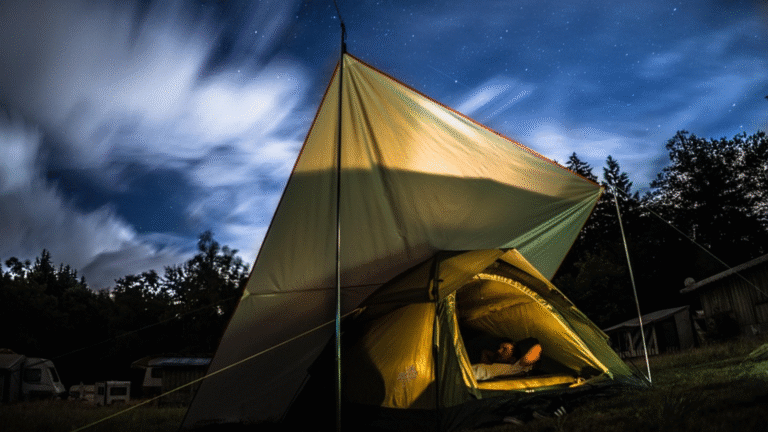Electric vehicles are quickly becoming a go-to choice for adventure-seeking Aussies, and camping with an EV is no longer a futuristic concept—it’s here, and it’s awesome. Whether you’re heading to a national park, a remote coastal site, or a powered caravan park, EV camping requires a bit of planning. In this guide, we’ll walk you through what to pack, how to charge, and tips to make your electric camping trip stress-free and memorable.
Table of Contents
- Why Go Camping in an EV?
- Essentials to Pack for an EV Camping Trip
- Charging Strategies: Before, During, and After
- Best Places to Camp with EV Charging Access
- Power Management and Off-Grid Tips
- EV-Friendly Camping Accessories
- Final Thoughts
1. Why Go Camping in an EV?
EVs bring a unique advantage to the camping lifestyle: quiet operation, zero tailpipe emissions, and the ability to power small devices and even your camp setup. Many newer EVs, like the Hyundai Ioniq 5 or Tesla Model Y, offer vehicle-to-load (V2L) features—turning your EV into a portable power bank.
Benefits include:
- Reduced fuel costs
- Less noise at campsites
- Lower carbon footprint
- The option to charge while you sleep at powered sites
2. Essentials to Pack for an EV Camping Trip
🧳 Your EV camping gear checklist should include:
- Charging cables (Type 2 for AC and CCS for DC fast charging)
- Extension cords (if campsite allows)
- Surge-protected power board
- Portable fridge or esky
- Fold-out solar panels (for V2L or accessories)
- Tent or rooftop setup (compatible with your EV’s roof rails)
- Insect repellent, sunscreen, and biodegradable toiletries
- Foldable table, chairs, and light sources (LEDs work great with EV power)
Don’t forget a tyre inflator, first aid kit, and navigation apps that work offline.
3. Charging Strategies: Before, During, and After
🔌 Pre-trip:
- Fully charge your EV the night before.
- Plot your route using tools like PlugShare or A Better Routeplanner to find chargers en route.
⚡ On the road:
- Stop at fast-charging hubs (50–350kW) for minimal downtime.
- Always factor in a buffer of 10–15% range.
🏕️ At the site:
- Book powered campsites if possible.
- Use a low-amp setting (6–10A) when trickle-charging from a power outlet overnight.
- Avoid using extension cords without proper surge protection.
4. Best Places to Camp with EV Charging Access
Some campgrounds and holiday parks in Australia now cater to EV travellers. Look for:
- BIG4 Holiday Parks with EV-friendly amenities
- Hipcamp listings that mention “powered site” or “EV charging”
- National parks with visitor centres that offer Level 2 chargers
Pro tip: Rural wineries and farm stays often allow EV charging if you ask ahead.
5. Power Management and Off-Grid Tips
If you’re heading off-grid:
- Use solar blankets or V2L to power basic appliances.
- Keep energy use low—avoid running a full-size fridge or heater all night.
- Bring battery packs for phones and lights as backup.
If your EV has “camp mode” (like in Tesla or Polestar models), you can run HVAC overnight while monitoring battery use.
6. EV-Friendly Camping Accessories
Consider gear that pairs well with electric driving:
- Compact induction cooktop (V2L compatible)
- Rechargeable LED lanterns
- Portable fans or low-wattage heaters
- Car awning or screen rooms
- EV tire sealant kits and portable compressors
7. Final Thoughts
EV camping is about embracing the outdoors without leaving a heavy footprint behind. With a bit of prep and the right gear, your EV can handle Australia’s beautiful and diverse terrain—from coastal retreats to bush hideaways. Just remember: plan your charging, pack smart, and enjoy the drive and the disconnect.
Ready for an electric adventure? Our guide to EV camping in Australia covers what to pack, where to charge, and smart planning tips for a smooth, sustainable trip.
